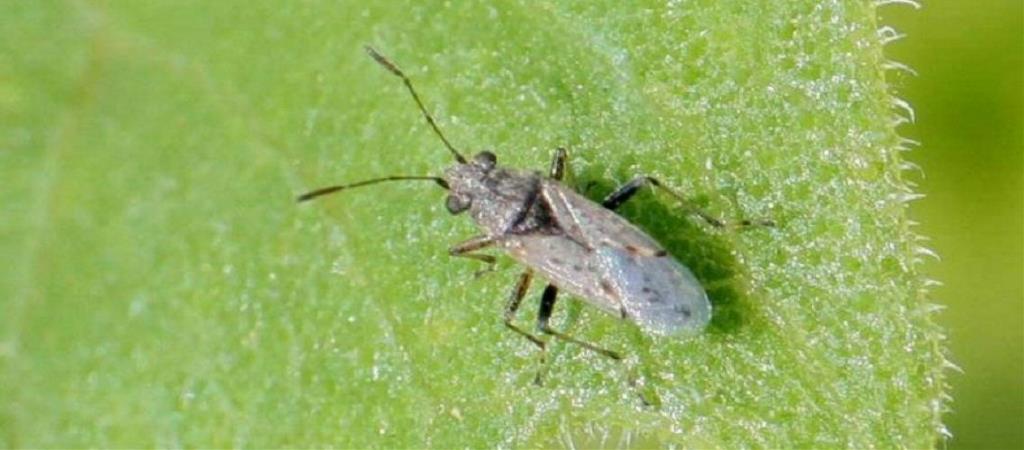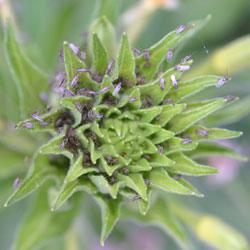
DESCRIPTION:
False Chinch bugs are less than 1/4 inch long, brownish gray, narrow bodied true bugs. While immature, they have inconspicuous red markings on their body. They are sometimes confused with the beneficial insect bigeyed bugs which have wider flatter heads.

DAMAGE:
They feed on weeds of the mustard family such as London Rocket. As they reach maturity in April, they begin to cluster together in extremely high numbers in preparation for migration. They are a temporary nuisance but do little or no feeding while clustered and will move away in a short time.
Wet winters result in greater weed populations that will lead to larger populations of False Chinch Bugs.
These bugs feed on seedlings. Individual bugs do little damage to turf, but large migrations can injure or kill plants in a few hours.
MANAGEMENT:
Once they have reached numbers high enough to be noticeable, it is too late to do much about them. Use tight fitting doors and weather stripping to prevent entry into buildings. If they get inside sweep or vacuum them up and dispose of them. There is absolutely no point applying pesticides either outside or indoors. Once temperatures increase, the desert dries out, they move in their masses, then die off very quickly. They are at worst a temporary irritant and completely harmless.
Prevent future problems by eliminating cruciferous weed hosts in January and February. London rocket is a native European weed. It is abundant throughout the irrigated lands of Arizona between 100 to 4,500 feet elevations. It flowers December to May, or all summer and fall in moist soil of cultivated fields. It is a prolific seeder.